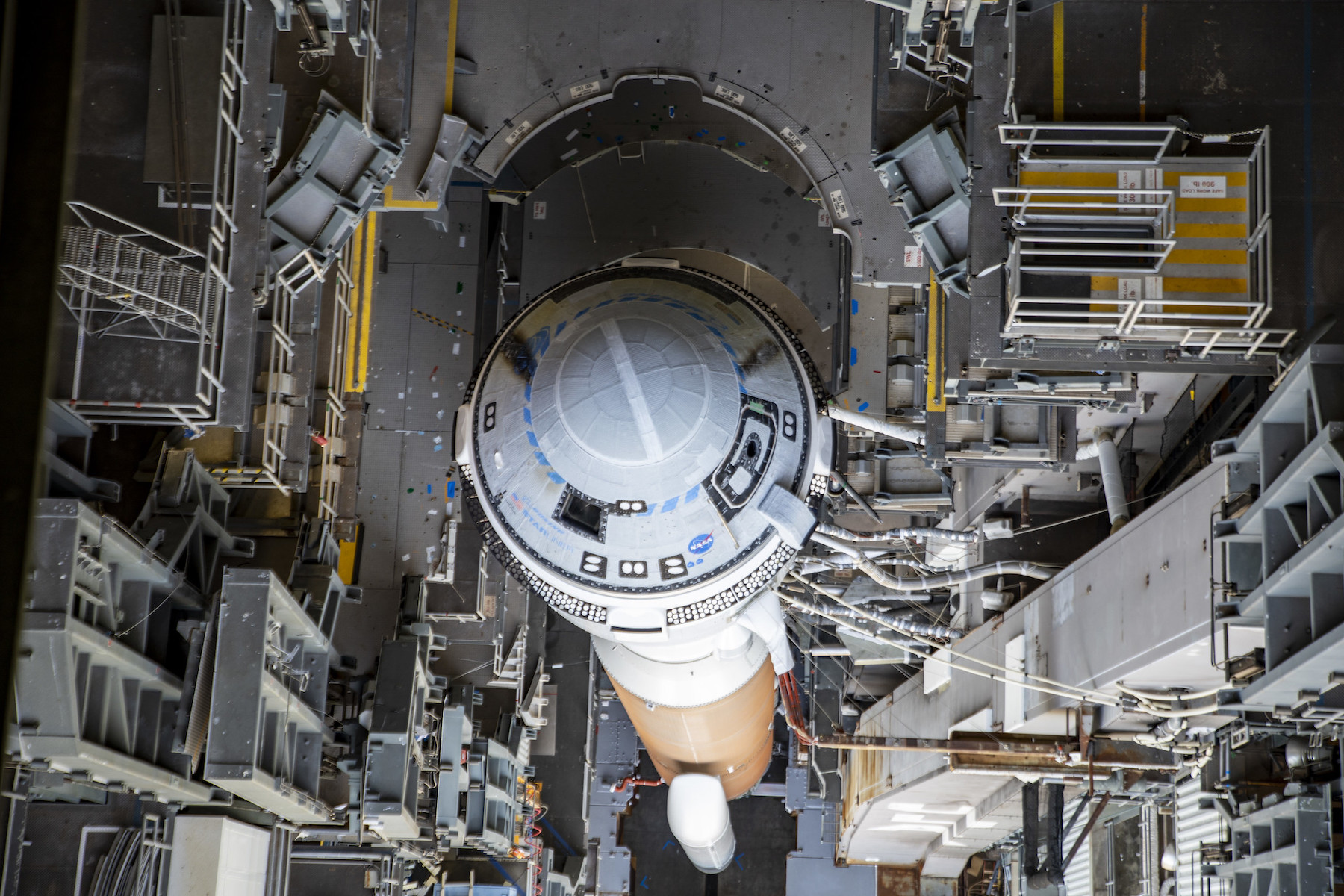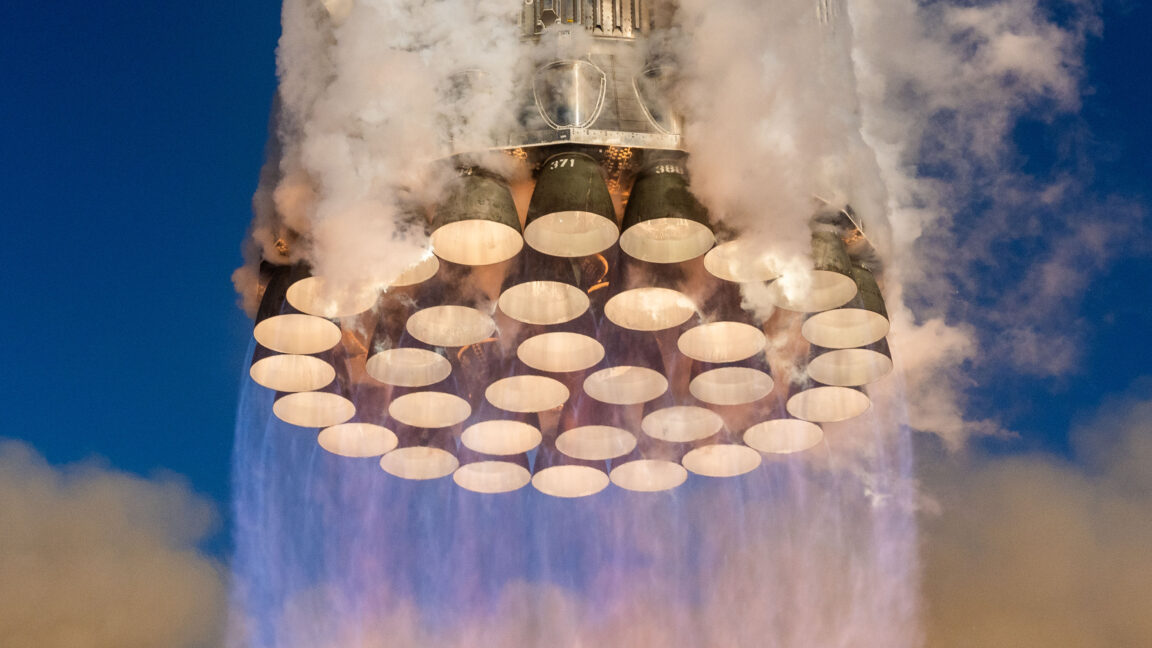Boeing is taking a few extra days to resolve a small helium leak on the Starliner spacecraft slated to ferry two NASA astronauts on a test flight to the International Space Station, officials said Tuesday.
This means the first crew launch of Boeing's Starliner spacecraft, running years behind schedule and more than $1.4 billion over budget, won't happen before next Tuesday, May 21, at 4:43 pm EDT (20:43 UTC). Meeting this schedule assumes engineers can get comfortable with the helium leak. Officials from Boeing and NASA, which manages Boeing's multibillion-dollar Starliner commercial crew contract, previously targeted Friday, May 17, for the spacecraft's first launch with astronauts onboard.
Boeing's ground team traced the leak to a flange on a single reaction control system thruster on the spacecraft's service module.
There are 28 reaction control system thrusters—essentially small rocket engines—on the Starliner service module. In orbit, these thrusters are used for minor course corrections and pointing the spacecraft in the proper direction. The service module has two sets of more powerful engines for larger orbital adjustments and launch-abort maneuvers.
The spacecraft's propulsion system is pressurized using helium, an inert gas. The thrusters burn a mixture of toxic hydrazine and nitrogen tetroxide propellants. Helium is not combustible or toxic, so a small leak is not likely to be a major safety issue on the ground, but the propulsion system must hold pressure for the thrusters to work in space.
Multiple technical setbacks have kept Boeing's Starliner program from reaching this point until now. These setbacks included a fuel leak on a test stand, software problems on Starliner's first unpiloted test flight, and corroded valves in the spacecraft's propulsion system. In the run-up to a launch attempt last summer, Boeing and NASA discovered two more problems—flammable material inside the capsule and a weak link on Starliner's parachute system—that pushed back the crew test flight nearly a year.
According to NASA, engineers plan to address the helium leak using "spacecraft testing and operational solutions." In other words, managers don't anticipate any need to physically repair the leak.
"As a part of the testing, Boeing will bring the propulsion system up to flight pressurization just as it does prior to launch, and then allow the helium system to vent naturally to validate existing data and strengthen flight rationale," NASA officials wrote in a blog post Tuesday. Flight rationale is NASA-speak for gaining confidence in understanding a problem and getting comfortable it would not pose an added risk during the flight.


